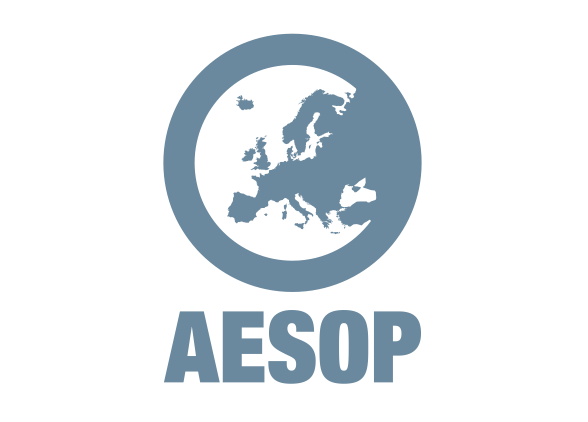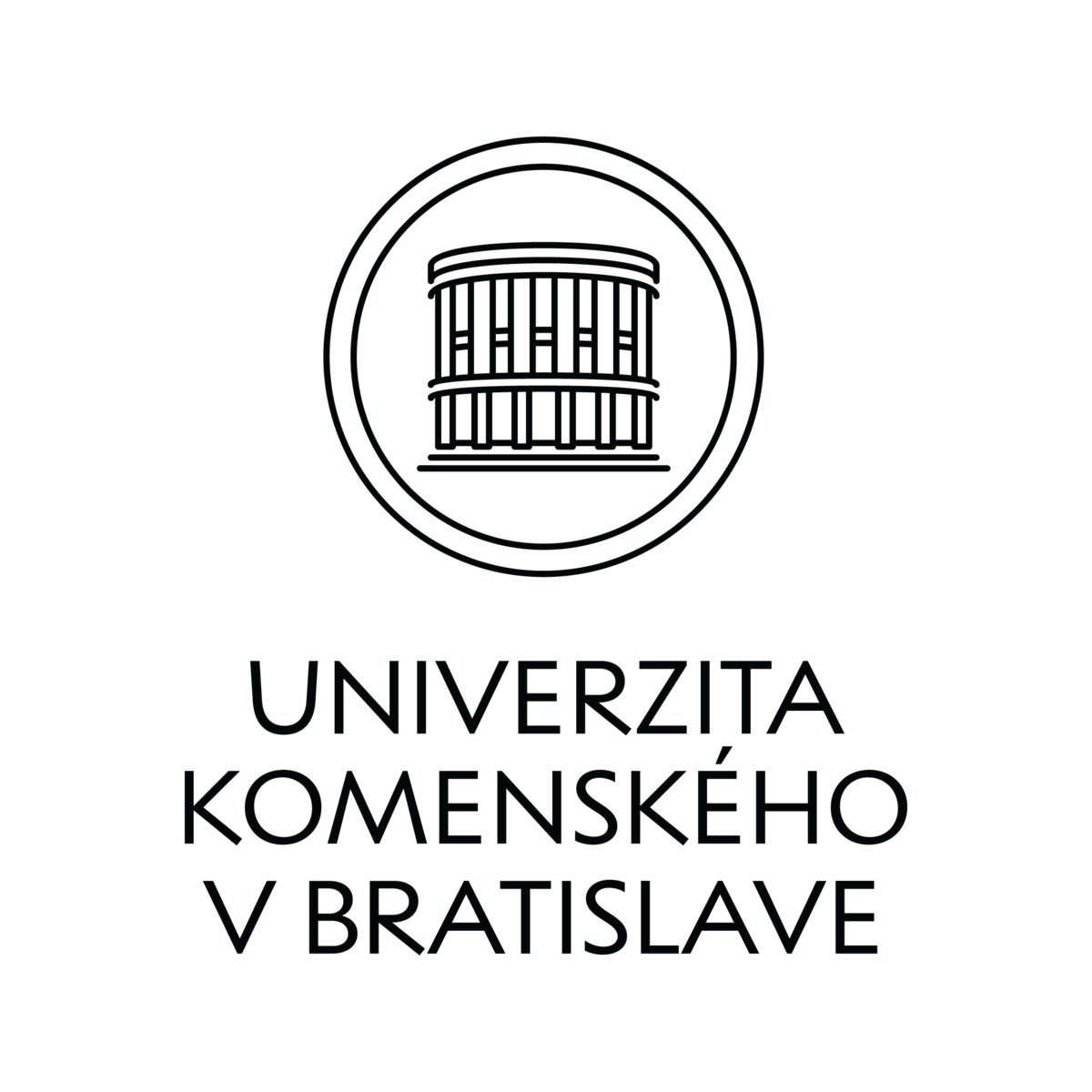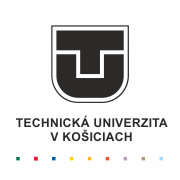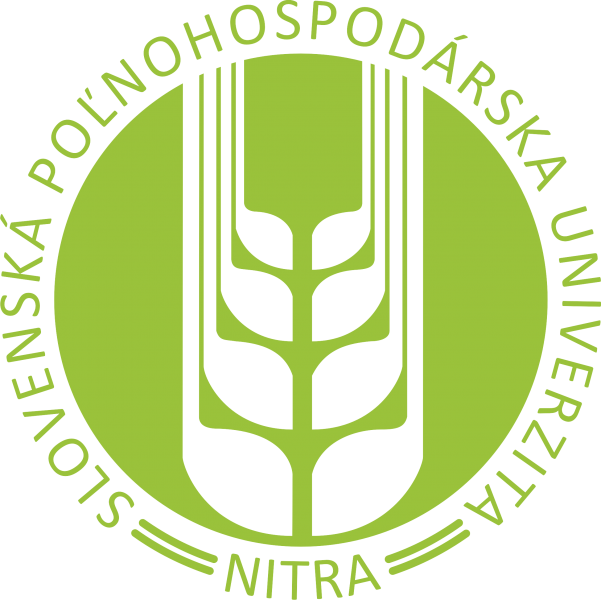
„A city always contains more than any inhabitant can know, and a great city always makes the unknown and the possible spurs to the imagination.“
(Rebecca Solnit)
Testimonies
News
Upcoming Academic Lecture Series: Ukraine’s European Path – Historical Legacy, Regional Development, and Future Integration
We are pleased to announce an upcoming two-part academic lecture series hosted in Bratislava within…
Roundtable at the AESOP Congress: Project Management in EU Urban Transformation
As part of the AESOP Congress 2025, held in Istanbul, Turkey, 8–12 July 2025, our…
New Partners Join the DREAMER Project
We are pleased to announce that the DREAMER project (https://dreamer.priestoroveplanovanie.sk/) has expanded its partnership network…
STU Erasmus+ ICM Visit to the University of the Philippines Los Baños (UPLB)
May 19–28, 2025, Delegation: Assoc. Prof. Milan Husár, Dr. Sila Ceren Varış Husar, Ms. Renáta…
Erasmus+ staff mobility in Stockholm
From 4.5 to 9.5.2025, my colleague doc. M.Husár and I completed a short working visit…
Study Visit at the Institute of Management STU (held within the framework of the DREAMER project)
The Study Visit at the Institute of Management STU, held within the framework of the…
City as the main theme of spatial planning
Natural as well as human made landscapes are in the process of continual change – they develop, grow and degrade. Each settlement – city, town or village – has its historical heritage, special identity or something which makes it irreplaceable and unique place. Its presence and future is a result of long historical development inflenced by various natural and geographic variables and social contexts as well as by beliefs and imagination of its inhabitants. Even in ancient times, people imagined the cities of future and those ideal cities for life were depicted by drawings, texts, poems or other artifacts.Plato ´s ideal city was based upon the enlightments of its rulers and inhabitants, who maximalise their potentials and on top there is an enlightened emperor – a philosopher. Leonardo da Vinci in the end of 15th century, soon after the decimation of the population of city of Milan by medieval epidemy of MOR. created his idea of ideal city as a generous spacious town with well established streets and distinctive architecture, fortified by massive and unpenetrable walls built with concordance with renessaince ideas of freedom, rationality and self-realisation. There is a lot of mentions of ideal city in the pop culture: city of Gotham, planet Pandora, Metropolis movie town shot during Weimar republic in 1930s or mythological cities of Atlantis, Flatland or Westeros. Even in these examples is visible, how the future cities are attractive and eager topic for authors and their fans. Cities have had always a distinctive and primary role in the history and cultural and technical progress of human society. Degree of urbanization as a process of growth of population living in the cities and preferring urban way of life is still on the rise. City and urban environment became – especially in innovative and digital society – a decisive arena of further socio-economic development. It is the place of clashes of various philosophical paradigms, political programmes as well as the place where social policy and paradigms are born. Almost all important yields of human civilization were externalised in urban environment and this environment is always a playground of major societal conflicts and disputes.
The city became a multidimensional system with high degree of complexity and science strive to capture its essence for several centuries. Many analogies have meanwhile appeared. One of the oldest one, having its roots back in the early 20th century, is the idea of city as a living organism. Le Corbusier´s visions of the city growth, its particular elements, organic elements used in architecture, co-existence of the cities with their biotops – all those fields use the before mentioned analogy. Moreover, several urbanistic concepts and theories consider city as an organism, based upon the „veins“ and „arteries“ symolised by streets and traffic corridors, having its decision making mastermind and suffering by traffic „thrombosis or atrophy of its particular parts. Millenium and dawn of the 21st century have delivered another analogy: city as a social ecosystem dynamically developing, reacting to outer environment and internal impulses by its qualitative and quantitative metamorphosis going far beyond the ontogenesis and phylogenesis of known living organisms. Their final shape is a result of plethora of random individual decision and actions of myriads of actors, but also of deliberate managerial and steering processes, planning process including.
Understanding of processes of functioning of the cities and landscape systems and utilisation of knowledge related to their management with the aim of securing their sustainable development with regard to shifting and volatile societal needs, especially the quality of life, is the core of the spatial planning study programmes.

Spatial planning includes the knowledge necessary to ensure the integrated management of sustainable spatial development in the unity of socio-cultural, natural-ecological and economic aspects of the development of territorial entities, for the mediation and harmonization of the interests of the entities of the integrated development of municipalities, cities and regions, and territorial cohesion. It represents a system of follow-up activities, from the evaluation of conditions, problems and potentials of development and territorial capital, to the formulation of development goals, the development of strategic and operational plans, the coordination of spatially relevant sectoral planning activities and the management of the implementation of integrated development strategies and plans. It is based on a set of cross-cutting planning activities, primarily socio-economic spatial planning, landscape planning, territorial planning, transport infrastructure planning, spatial management and a system of monitoring and information about the territory. Special attention is paid to the preparation of graduates for moderation of social participation processes and conflict mediation. subjects of spatial development.
Related scientific fields of Spatial Planning are ecological and environmental sciences, economics and management, political sciences, agriculture and rural development, sociology and social anthropology, construction, art, security sciences or forestry.


The research and development activities of the staff of the Department of Spatial Planning are carried out primarily as part of the activities of the SPECTRA Center of Excellence of the European Union at STU, which focuses on the issue of complex management of spatial development in order to ensure the fulfillment of the goals of sustainable territorial development in the context of global changes, especially climate change, economic transformation towards the knowledge economy and Industry 4.0, smart ecological development of cities and countryside, demographic changes and balancing regional differences, improving the quality of life and strengthening social equality.

Head of the Spatial Planning Department
Ľubomír Jamečný
Study programme guarantor
Maroš Finka
Study programme co-guarantors
Matej Jaššo
Eva Pauditšová
Mikuláš Huba
Tibor Schlosser
Daniela Gažová
Study advisors
Ľubomír Jamečný (Bc. stupeň)
Vladimír Ondrejička (Ing. stupeň)
Matej Jaššo (PhD. stupeň)
Course guarantors
Maroš Finka
Mikuláš Huba
Matej Jaššo
Vladimír Ondrejička
Eva Pauditšová
Tibor Schlosser
Ľubomír Jamečný
Milan Husár
Educators and scientific research workers, including technical workers
Maroš Finka
Mikuláš Huba
Matej Jaššo
Vladimír Ondrejička
Eva Pauditšová
Tibor Schlosser
Ľubomír Jamečný
Milan Husár
Michal Hajduk
Zuzana Ladzianska
Silvia Ondrejičková
Iveta Husárová












